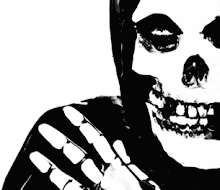
1. It came from Outer Space
2. The Day the Earth stood still
3. Spiral Stair Case
The day that would interest me the most would be Saturday. For the sake that, that day is the most greatest day that we can all hang out on a saturday to see a movie. Common' who doesn't want to see a movie on a saturday night?
My parents, unfortunately can't go. :/
